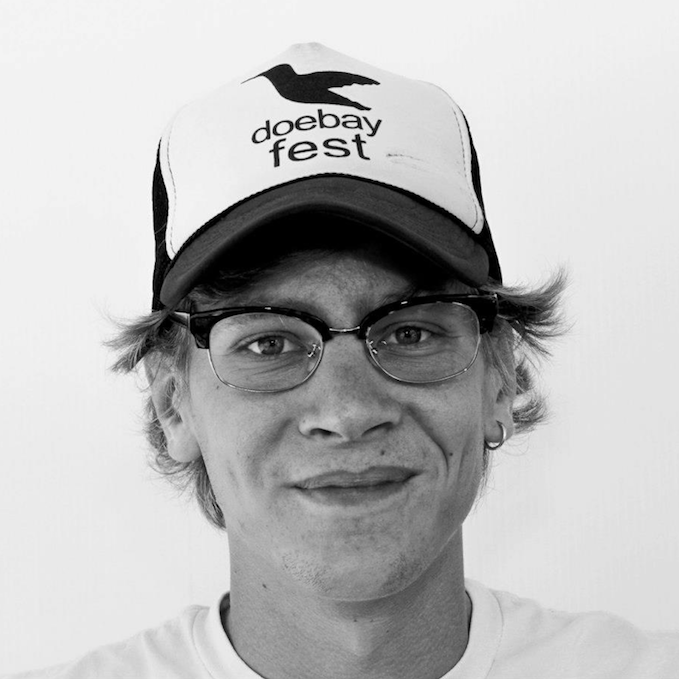Herring fishermen challenge monitoring requirements, as study shows promise of Alaska’s fishery

Although there was no commercial herring sac roe fishery this year in Sitka Sound due to small average fish size, an Alaska Department of Fish and Game report has provided encouraging data for the fishery to consider an eventual reopening.
Some 83 percent of this year’s guideline harvest level was forecast to be age-four herring, with an average weight of 92 grams. The size forecast for herring across all age classes was slightly larger, at 97 grams.
According to the Department of Fish and Game press release, “processors indicated that herring of this size would be below market requirements and because of this, they intended to not purchase herring in 2020.”
Before the season was supposed to begin, the department was notified by companies that usually participate in the fishery that market disruption due to COVID-19 had made it infeasible for them to fish this year, according to the Sitka Sentinel. Last year’s season was also a bust after the department and the fleet had difficulty locating schools of marketable fish, the Sentinel reported.
This year, the Department of Fish and Game reported mapping 58.5 nautical miles of herring spawn this year from 25 March to 20 April, which is just under the 20-year average of 59.5 nautical miles. The final report will be available at the end of this year, according to the department. In the meantime, observed high levels of age-three herring recruitment in 2019, combined with this year’s spawning results, suggest that 2016 was a very successful brood year in the Gulf of Alaska.
Observed egg deposits were “very high” in most of Sitka sound and the spawn started on southern Kruzof Island in between Shoals Point and Lava Island. It then expanded into the Sitka Sounda rea including Kruzof Island south of Shelikof Bay, Eastern and Promisla bays, Hayward Strait, Magoun Islands, Middle and Crow Islands, Kasiana Island, Apple Island, Whiting Harbor, Katlian Bay, and from Starrigavan Bay to Eliason.
The report was made public around the same time the Cause of Action Institute sent a letter to U.S. President Donald Trump requesting that he “order the suspension and repeal of coercive fishing regulations.” A lawsuit has been filed on behalf of herring fisherman who are required to pay for government contracted monitors who observe the fishery. The monitors cost some USD 700 (EUR 644) per day, which the institute noted can exceed a fisherman’s daily revenue. A release from Cause of Action suggested that the regulation is unlawful as it had been passed without any statutory authorization of Congress.
“Our hope is that, as part of your new effort to revitalize the commercial fishing sector, the Trump administration can take an historic lead in dismantling efforts to impose industry-funded monitoring on an already beleaguered regulated community. Our nation’s fishermen are desperate for help and your intervention could immediately save jobs,” Cause of Action lawyer Ryan Mulvey wrote in the letter. “Industry-funded at-sea monitoring is especially pernicious because it requires fishermen to carry non-essential (and sometimes confrontational) third-party agents of the state on their boats in often dangerous conditions and, moreover, to pay for that privilege as a condition of participation in the market.”
Photo courtesy of NOAA





Share